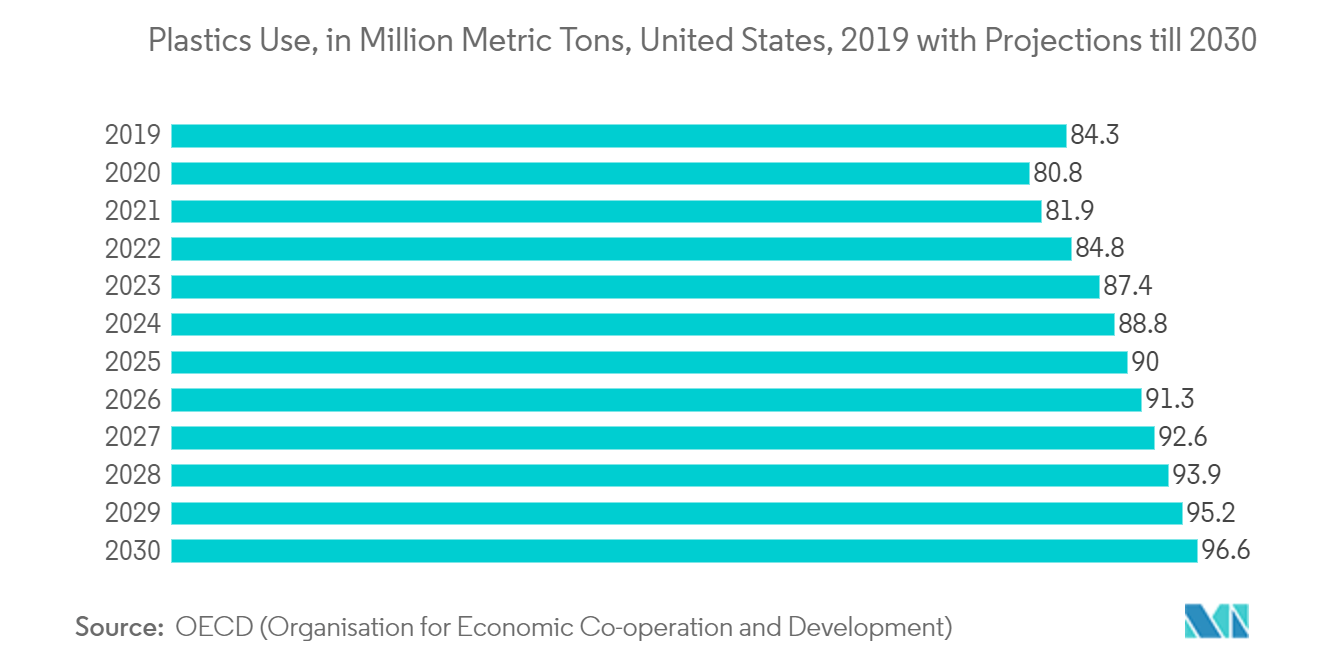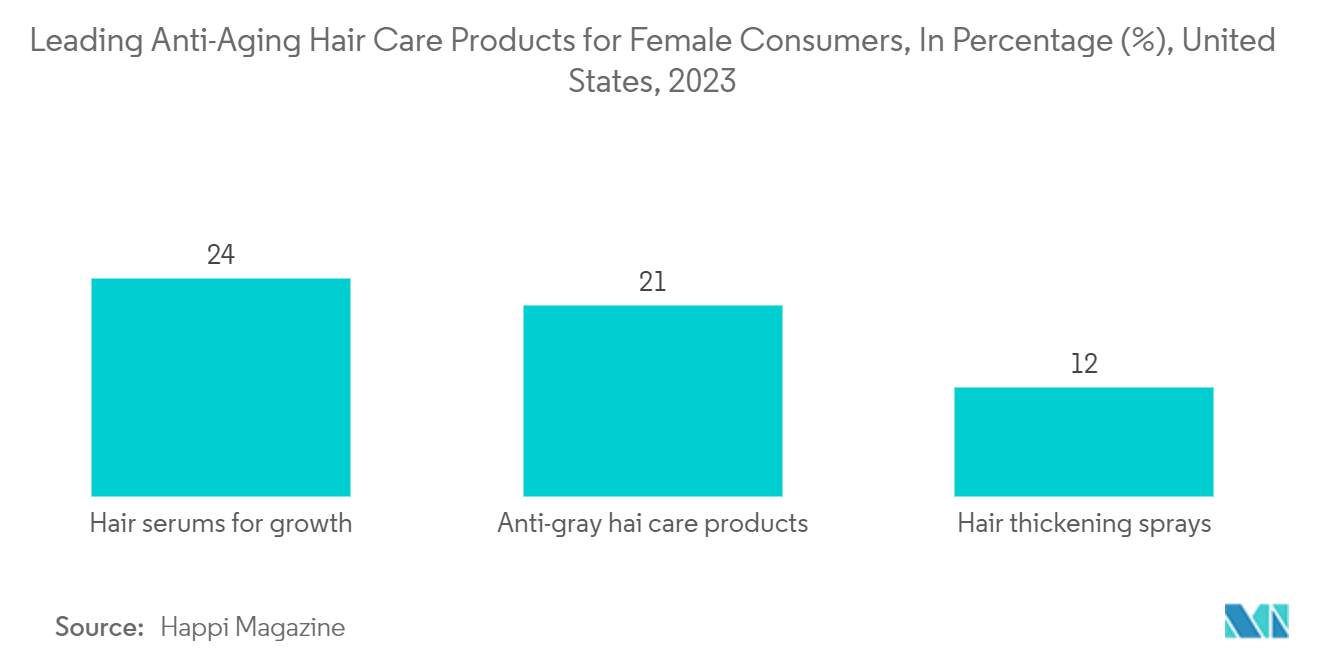Market Trends of US Personal Care Packaging Industry
Plastic Material is Expected to Witness Significant Growth
- Plastic, known for its low cost, lightweight nature, flexibility, and durability, is a staple in packaging personal care products. It's the go-to material for crafting "no-spill" and shatterproof bottles, jars, tubes, lids, and closures in the personal care industry. According to the Organization for Economic Cooperation and Development (OECD), the use of plastics in 2024 is expected to reach 88.80 million metric tons
- HDPE bottles dominate the personal care market due to their affordability, impact resistance, and superior moisture barrier. While lotions often find their home in variously shaped, sized, and styled capped tubes, many opt for plastic lotion bottles with convenient pump dispensers, catering to those who prefer not to fuss with caps.
- PP plastics are another favored choice for personal care containers. Beyond PP, containers might also be crafted from pricier acrylic or budget-friendly PET. With its glass-like transparency, acrylic boasts a breakage resistance that gives it an edge over glass. PP's affordability and common cylindrical or tube-like container shapes make it a popular choice.
- PP plastic containers can be creatively molded into heart, character, or square shapes, aligning with the product's design or marketing. Jars and pots, ranging from 20 mm to 60 mm in size and holding capacities from 25 ml to 250 ml, are the preferred choice for face creams, lotions, foundations, lip balms, powders, and more.
- As producers strive to minimize material use, plastics have revolutionized lightweight packaging solutions. The segment has faced a slowdown due to plastics' environmental repercussions. On a brighter note, the rise of recycled plastics and breakthroughs in material technology have paved the way for eco-friendly packaging solutions in the United States.

Hair Care Segment Holds Significant Market Share
- The development and growth of haircare products as a solution addresses various hair-related issues among consumers. Hair thinning, loss of volume, dryness, and other concerns have increased demand for haircare products that provide effective and affordable solutions, which are expected to propel their demand during the forecast period.
- The hair care industry is experiencing a significant increase in demand for a wide range of products, including shampoos, conditioners, hair masks, styling products, and treatments. This demand is driven by the desire for healthy, lustrous hair, specialized products for various hair concerns, and evolving beauty trends.
- According to Happi Magazine, a global personal care magazine, anti-aging hair care products among female consumers are rising; in a 2023 survey, roughly 24% of female beauty shoppers in the United States named hair serums targeting growth and fullness as their top choice for anti-aging hair care products. Following closely were products aimed at combating gray hair. Consumers seek innovative and customized hair care solutions that cater to their needs and preferences.
- According to a UN Comtrade report published in June 2023, the United States began dominating the global haircare market. It is a major exporter of various haircare products, including shampoos, conditioners, styling products, and treatments. This export-driven approach has propelled the country to the forefront of the industry, with American brands enjoying widespread recognition and demand in international markets.
- The United States' prominence as a personal care exporter has also contributed to a growing focus on sustainability and environmental concerns within the packaging industry. American brands are increasingly adopting eco-friendly packaging materials, such as bioplastics, recycled plastics, and compostable packaging, to address consumer preferences for sustainable products and reduce their environmental footprint.



